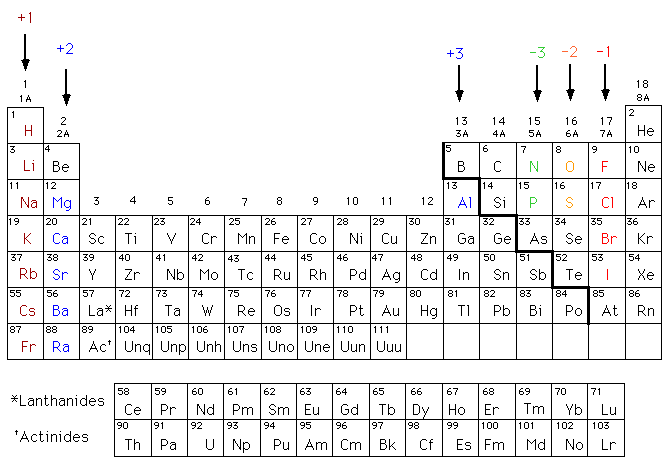The presence of 12 and 3 electrons in the outermost shell of the atoms enables metals to lose them easily with the little application of energy. Alkaline-earth metal any of the six chemical elements that comprise Group 2 IIa of the periodic table.
The trends for electron affinity are not as smooth as those for atomic radius ionization energy and electronegativity as can be seen on the following graphs.

. Gold silver helium oxygen mercury hydrogen sodium nitrogen niobium neodymium chlorine carbon. The presence of free electrons makes metal a good conductor of electricity. When metal reacts with dilute acids then metal salt.
Ii By displacement reaction silver can be shown to be chemically less reactive than copper or copper is more reactive than silver. Prior to the 19th century substances that were nonmetallic insoluble in water and unchanged by fire were known as earths. For example a.
The most popularly known electrical conductor is. The metals are also able to easily lose electrons but do not gain them very easily meaning they have a low ionization energy. There is a great deal of variation in how reactive metals are and many also have a shiny appearance.
However by convention we have to restrict the term electrostatic to interactions between charged species. These electrons now become free from the effect of their nucleus and are available as free electrons. All metals that are more reactive than hydrogen ie.
Atoms gain lose or share electrons with other atoms in order to fill their valence level with eight electrons. Readily form divalent cations. The metals which lose electrons less readily than hydrogen are placed below it and the metals which lose electrons more readily than hydrogen are placed above it in the reactivity series of metals.
Thermal and electrical conductivity-All non-metals are either a poor conductor or non-conductor of electricity except graphite and gas carbon which are good conductors of. It might have been better to use different names that make more sense. They are not sonorous.
Reducing Nature- Metals are good reducing agents since they lose electrons. The noble gases already have a complete set of electrons and an additional electron must go into the next highest shell which will cost energy to start populating. Alkaline Earth Metals.
Chemical compound any substance composed of identical molecules consisting of atoms of two or more chemical elements. In their pure state all of these. The Octet Rule and Its Exceptions The octet rule states that atoms below atomic number 20 tend to combine so that they each have eight electrons in their valence shells which gives them the same electronic configuration as a noble gas.
A sample of any given pure element is composed only of the atoms characteristic. Sonority- Non-metals do not produce any sound when they are struck by a hard substance. Periodic Table of Elements 3.
Bonds produced when metals combine with other metals is usually called metallic bonds. The naming scheme is confusing because ALL molecular interactions are between electrons and electrons and between electrons and nuclei and are actually electrostatic in nature. Which is why in general metals will lose electrons to form positively charged ions and nonmetals will gain electrons to form negatively charged ions.
Ionic bonding is a kind of chemical bonding that arises from the mutual attraction of oppositely charged ions. The basic metals are similar to transition metals but tend to be softer and to hint at nonmetallic properties. The alkali metals are all shiny soft highly reactive metals at standard temperature and pressure and readily lose their outermost electron to form cations with charge 1.
All the matter in the universe is composed of the atoms of more than 100 different chemical elements which are found both in pure form and combined in chemical compounds. Periodic Table of Elements 1. They can all be cut easily with a knife due to their softness exposing a shiny surface that tarnishes rapidly in air due to oxidation by atmospheric moisture and oxygen and in the case of lithium nitrogen.
The lanthanides rare earth and actinides are also transition metals. This is because the more reactive metals readily give electrons and these electrons reduce the hydrogen ions of acids to hydrogen gas. Many metals also readily react with nonmetals.
Atoms will gain or lose electrons depending on which action takes the least energy. Two electrons in the valence shell. The elements are beryllium Be magnesium Mg calcium Ca strontium Sr barium Ba and radium Ra.
Those which can lose electrons more easily than hydrogen displace hydrogen from dilute acids to produce hydrogen gas.

Grouping The Elements Chapter 4 Section 2 P Vocabulary 1 Alkali Metal 2 Alkaline Earth Metal 3 Halogen 4 Noble Gas Ppt Download
Why Do Metals Lose Electrons To Form Ions When Does A Metal Stop Losing Ions Quora

Periodic Table Worksheet Answer Key Chemistry Worksheets Atomic Structure Periodic Table

0 Comments